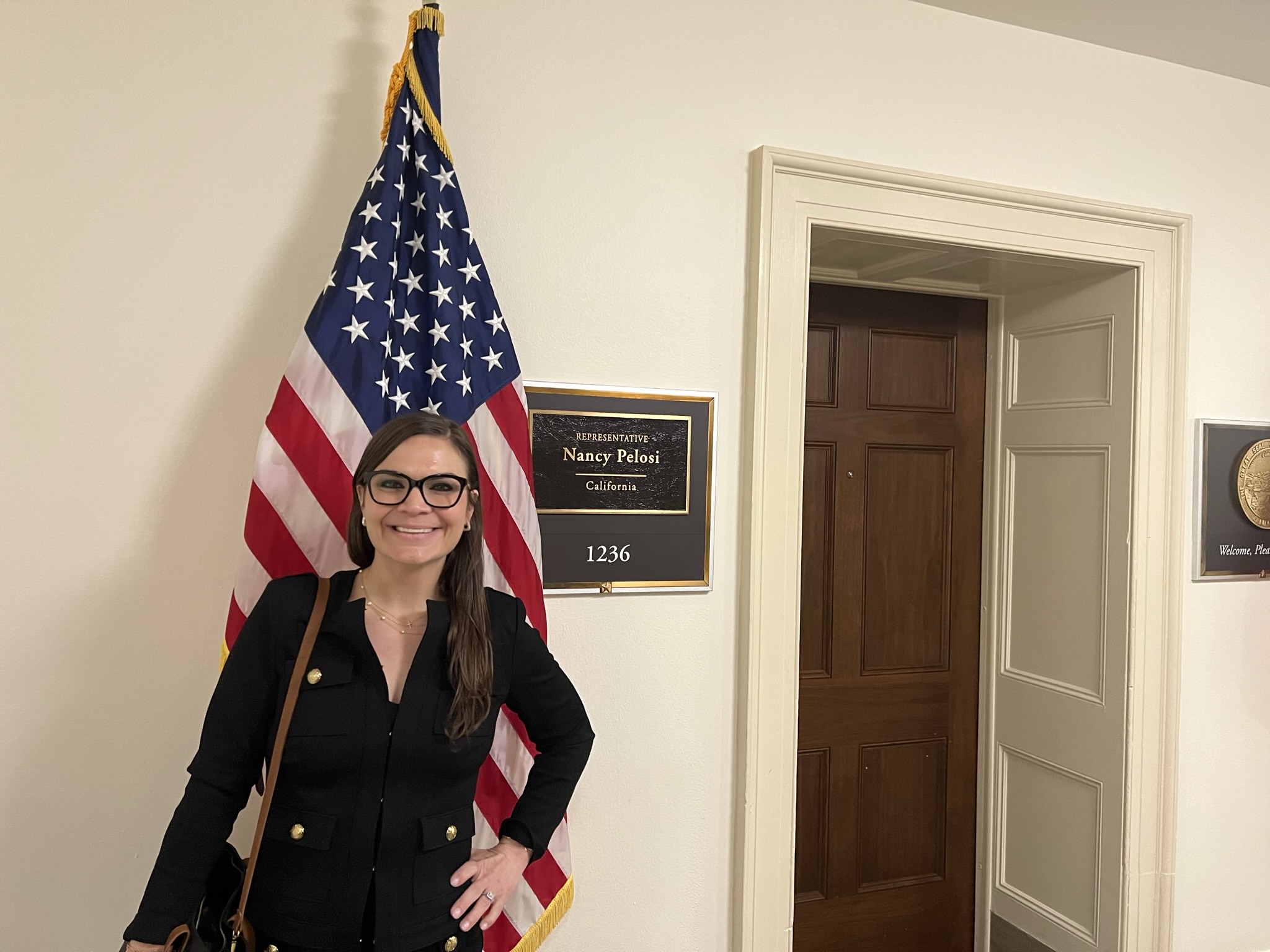- Angelarosa G. DiDonato, DNP, CRNA

- Jan 22, 2024
🔹🔹🔹On behalf of the Pennsylvania Association of Nurse Anesthetists, I want to wish everyone a happy National CRNA Week in Pa.! The annual celebration this year runs Jan. 21-27.
With more than 3,700 certified registered nurse anesthetists and student anesthetists across the state, PANA has emerged as a recognized a leader in helping the state address rising health-care costs, protect patient health, and ensure access to quality care.
While CRNA Week is just a snapshot in time, the critical role we play is year-round. More and more people are starting to understand our importance and appreciate the value CRNAs bring to the health-care arena.
Here are a few facts that might be of interest:
CRNAs were the first professional group to provide anesthesia in the United States, first providing anesthesia to wounded soldiers during the Civil War.
Today, there are more than 61,000 practicing CRNAs in the United States.
Pennsylvania ranks among the top nationally for CRNA students, with 14 highly rated nurse anesthetist programs spread out across our commonwealth.
The average nurse anesthetist completes an average of 9,369 clinical hours of training prior to becoming a CRNA.
CRNAs have been the main providers of anesthesia care to U.S. military personnel on the front lines since World War I and remain the primary anesthesia providers in austere combat theaters.
CRNAs are the primary providers of anesthesia care in rural America and underserved communities.
These are just a few of the facts we will share publicly over the next few days.
Visit our CRNA Week website at https://www.panaforqualitycare.com/2024-crna-week to learn more. To stay up to date with everything that’s happening, join our new TikTok account, follow us on Facebook, talk to us on Twitter, and see us on Instagram.
This is the second time I have served as PANA president. I could not be prouder to be a CRNA, and I could not be more honored to partner with such an outstanding group of professionals who will do anything to keep their patients healthy and safe.
I know the time you have invested to be the best you can be, and I know the care and commitment you have devoted to the science and art of anesthesia. Thank you for all you do, and …
Happy National CRNA Week in Pa.!
by Angelarosa DiDonato, DNP, CRNA
President, Pennsylvania Association of Nurse Anesthetists
#CRNAWeek PRO TIPS:
💙 Don't just like and share our posts - make sure you're a page follower, too!































































































































